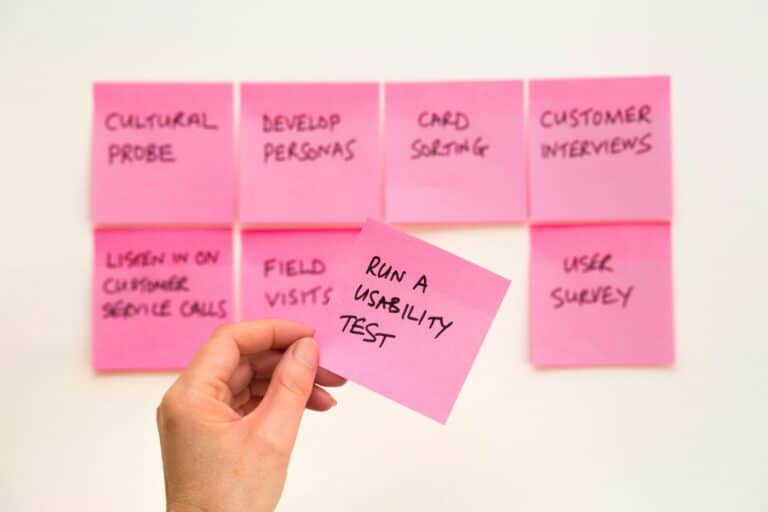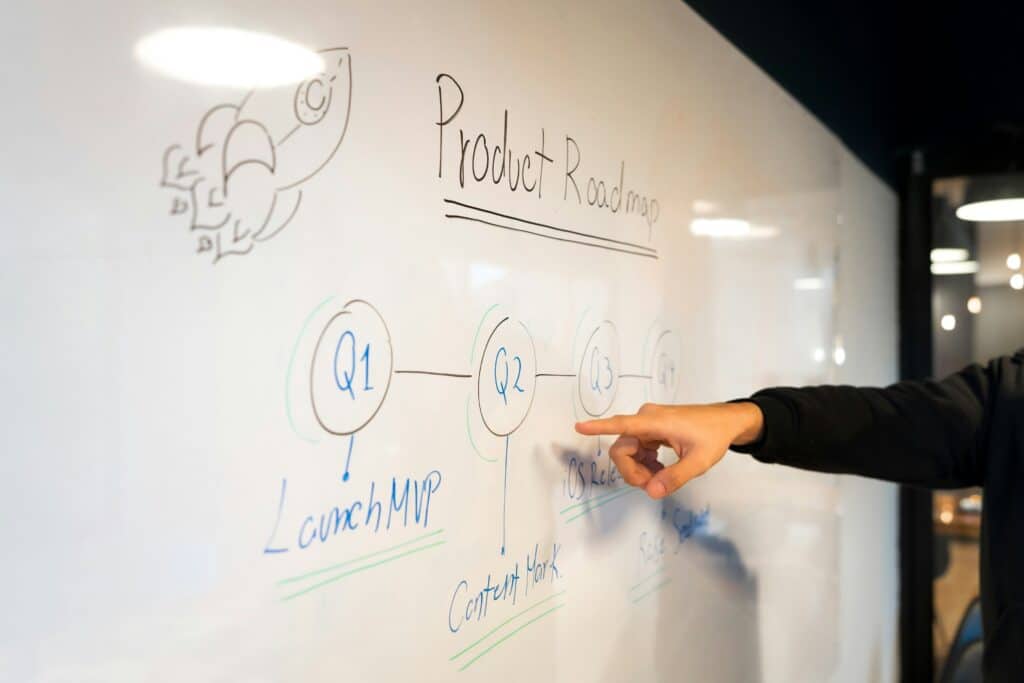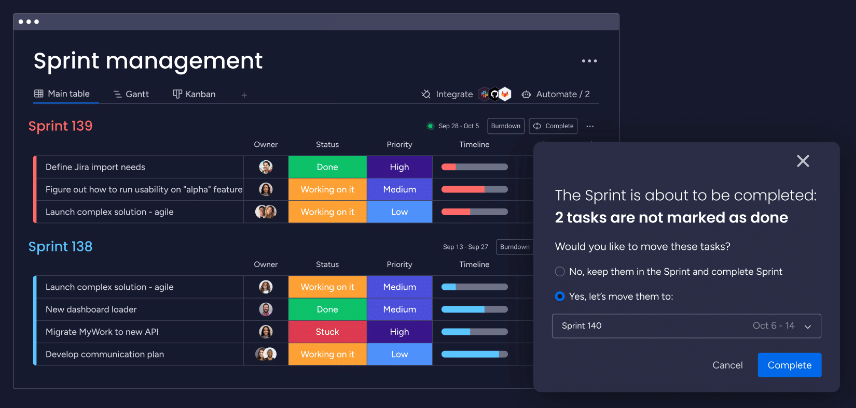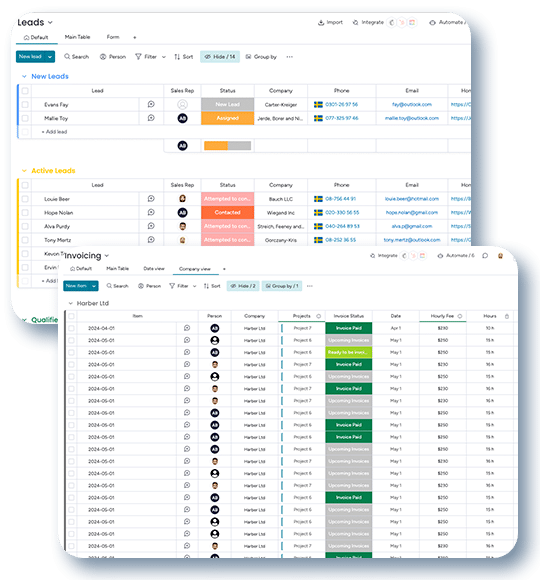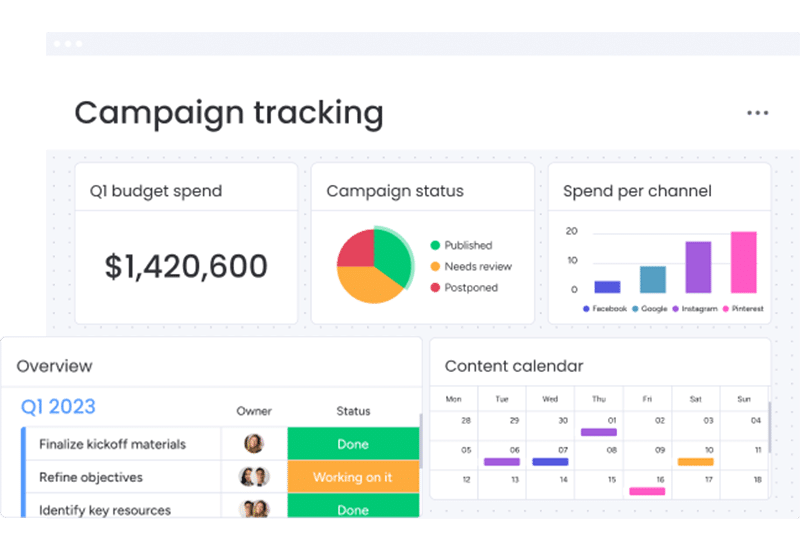Introduction
In the dynamic realm of project management, the agility to adapt and thrive amidst change isn’t just an advantage. It’s also a necessity. Enter the basics of agile project management, a methodology that promises not just to keep pace with change but to harness it for greater project success. This approach to project management is more than a set of practices. It’s also a mindset that empowers teams to deliver value faster and more efficiently.
Understanding the basics of agile project management is crucial for anyone looking to implement these methodologies in their projects or organizations. It’s about breaking down barriers, fostering collaboration, and promoting a culture of continuous improvement. Whether you’re a seasoned project manager exploring agile methodologies for the first time or a team member seeking to contribute more effectively to your agile project, grasping these fundamentals is your first step towards agile mastery.
The Basics of Agile Project Management
In this comprehensive guide, we delve deep into the basics of agile project management. We cover all you need to embark on your agile journey. From the guiding principles that underpin agile methodologies to practical steps for implementation and overcoming common challenges. We aim to enlighten you with the theoretical aspects and equip you with actionable insights to bring these concepts to life.
As we navigate through the core elements, benefits, and real-world applications of agile project management, keep in mind that understanding the basics of agile project management is the cornerstone of adapting to and excelling in today’s fast-paced project environments. Let this guide be your stepping stone to transforming your projects and teams with the agility they need to thrive.
Understanding the Core of Agile Project Management
At the heart of agile project management lies a set of values and principles designed to foster flexibility, collaboration, and efficiency. To truly embrace the basics of agile project management, it’s essential to understand these foundational concepts. They serve as the guiding star for teams navigating the complexities of modern project landscapes. Additionally, they ensure that agility isn’t just a buzzword but a tangible practice that leads to successful outcomes.
The Agile Manifesto – Guiding Principles for Success
The Agile Manifesto, penned in 2001 by a group of forward-thinking software developers, marks the birth of agile as we know it. Comprising four core values and twelve guiding principles, it offers a blueprint for organizations seeking to adopt agile practices. The basics of agile project management are deeply rooted in these values. They emphasise individuals and interactions over processes and tools, working solutions over comprehensive documentation, customer collaboration over contract negotiation, and responding to change over following a plan.
Understanding these values is crucial for anyone looking to implement the basics of agile project management in their projects. The twelve principles further expand on these values. They advocate for early and continuous delivery of valuable software, welcoming changing requirements, and maintaining a constant pace of work. By adhering to these principles, agile teams can improve their work processes and ultimately deliver more value to their customers.
Key Agile Methodologies
While the Agile Manifesto provides the philosophical foundation, agile project management is applied through various methodologies, each with its own set of practices and tools. The most widely recognized of these are Scrum, Kanban, Lean, and XP (Extreme Programming).
- Scrum is characterized by fixed-length iterations called sprints, where teams work to complete a set amount of work.
- Kanban, on the other hand, focuses on visualizing work, limiting work in progress, and enhancing flow.
- Lean methodology emphasizes eliminating waste and ensuring efficiency.
- XP (Extreme Programming) aims to improve software quality and responsiveness to changing customer requirements.
Choosing the right methodology depends on your project’s specific needs, your team’s dynamics, and the environment in which you operate. A deep dive into these methodologies reveals that at the core of each is the intent to bring about better communication, collaboration, and adaptability. These are all hallmarks of agile project management.
Omnitas Newsletter
Sign up for our monthly newsletter to stay up-to-date on our latest blog articles, videos and events!
Thank you!
You have successfully joined our subscriber list.
The Benefits of Adopting Agile Project Management
Adopting the basics of agile project management not only transforms workflows and project outcomes but also brings a host of advantages that can elevate the entire organization. Understanding these benefits is crucial for teams and leaders who wish to implement agile methodologies effectively and reap the rewards of their flexibility, efficiency, and collaborative nature.
Enhanced Flexibility and Adaptability
One of the most significant advantages of embracing agile project management is the unparalleled flexibility and adaptability it offers. Agile methodologies enable teams to respond to changes quickly, whether they’re shifts in market demands, customer needs, or project objectives. This dynamic capability ensures that projects remain aligned with their goals and can pivot as required without extensive delays or rework. By breaking down projects into manageable increments or sprints, teams can adjust their course based on feedback and changing conditions. As a result, this ensures the end product is as relevant and valuable as possible.
Improved Stakeholder Engagement and Satisfaction
A cornerstone of the basics of agile project management is its emphasis on regular communication and collaboration with stakeholders. Agile frameworks like Scrum advocate for frequent reviews and updates with all project stakeholders. It ensures transparency and a shared understanding of project progress. This continuous engagement not only helps in managing expectations but also allows for valuable feedback to be integrated into the development process early and often. As a result, projects are more likely to meet or exceed stakeholder expectations. This leads to higher satisfaction levels and stronger, more trusting relationships.
Increased Team Morale and Productivity
Implementing the basics of agile project management also has a profound impact on team dynamics and morale. Agile methodologies promote a culture of collaboration, empowerment, and accountability, with team members often reporting higher levels of job satisfaction. This positive work environment encourages teams to take ownership of their tasks, fosters innovation, and drives efficiency. Moreover, the iterative nature of agile work allows for accomplishments to be recognized and celebrated regularly. In turn, this further boosts team morale and productivity. By valuing individuals and interactions, agile practices create a supportive and dynamic workspace where everyone is committed to delivering their best work.

Implementing Agile Project Management: Step-by-Step
Transitioning to the basics of agile project management involves more than just understanding its principles and benefits. It requires a strategic approach to implementation, ensuring that your team not only adopts agile practices but also embodies the agile mindset. Here’s a step-by-step guide to help you effectively implement agile methodologies within your projects and teams.
Building Your Agile Team
The first step in adopting agile project management is assembling your agile team. An effective agile team is cross-functional. This means it has all the skills necessary to deliver project increments, from planning to deployment. It’s also important to have a Scrum Master or an Agile Coach to guide the team through the agile transition. This ensures that agile practices are understood and correctly applied. Empowering team members to make decisions and self-organize around tasks can foster a more dynamic and responsive working environment. This is crucial for agile success.
Setting Up and Running Sprints
Sprints are at the heart of agile project management, especially in the Scrum methodology. A sprint is a short, time-boxed period during which a specific set of tasks must be completed and made ready for review. Starting with sprint planning, the team identifies what can be delivered in the upcoming sprint and maps out the work to be done. Daily stand-ups help the team stay aligned and address any issues promptly. At the end of the sprint, the team reviews completed work with stakeholders (sprint review) and reflects on what went well and what could be improved (sprint retrospective). This continuous loop of planning, execution, review, and adaptation is key to driving project progress and enhancing team performance.
Utilizing Agile Tools and Technologies
Incorporating the basics of agile project management into your operations also means leveraging the right tools and technologies that facilitate agile practices. Tools like monday.com offer a flexible platform for planning, tracking, and collaborating on agile projects. The platform even has features for you to work in Kanban, Gantt and sprints. It allows teams to visualize work, manage backlogs, and adapt to changes with ease. Additionally, automation platforms like Make can streamline repetitive tasks and integrate various apps and services. In turn, this frees up more time for teams to focus on high-value activities. Selecting tools that align with your team’s workflow and project needs is crucial for supporting agile practices and enhancing overall productivity.
Common Challenges and How to Overcome Them
Embracing the basics of agile project management is not without its hurdles. As organizations transition from more traditional project management methodologies to agile, they often encounter a variety of challenges. Recognizing and addressing these challenges early on is crucial for a smooth transition and for maximizing the benefits of agile methodologies.
Resistance to Change
One of the most significant obstacles when adopting agile project management is the inherent resistance to change found in many organizations. Change can be daunting, and shifting to a new way of working requires team members and stakeholders to step out of their comfort zones.
Strategies to Overcome:
- Education and Training: Provide comprehensive training sessions to demystify agile practices and demonstrate their value.
- Pilot Projects: Implement agile methodologies in smaller, non-critical projects to showcase tangible benefits.
- Leadership Support: Strong endorsement from management can help mitigate resistance by setting a positive tone for the transition.
Maintaining Consistent Communication
Agile methodologies emphasize regular and open communication, but maintaining this can be challenging, especially in distributed teams. Ensuring everyone remains on the same page is crucial for agile success.
Strategies to Overcome:
- Daily Stand-Ups: Encourage regular short meetings to discuss progress and address any immediate concerns.
- Agile Tools: Utilize collaborative tools that facilitate communication for instant messaging and project tracking.
- Retrospectives: Regularly scheduled retrospectives help teams reflect on communication practices and identify areas for improvement.
Ensuring Continuous Improvement
Another challenge is embedding a culture of continuous improvement. Agile is not a set-and-forget methodology. It requires ongoing refinement and adaptation.
Strategies to Overcome:
- Feedback Loops: Incorporate feedback from team members and stakeholders regularly to identify opportunities for improvement.
- Embrace Failures as Learning Opportunities: Foster an environment where mistakes are seen as a chance to learn and grow, not as failures.
- Metrics and KPIs: Establish clear metrics and KPIs to measure performance and improvement over time.
Conclusion
Embarking on the journey to understand and implement the basics of agile project management can transform how your teams approach their projects, fostering an environment of flexibility, collaboration, and continuous improvement. This guide has walked you through the core principles that underpin agile methodologies, the benefits they offer, how to implement them step by step, and strategies for overcoming common challenges. Armed with this knowledge, you’re well on your way to reaping the rewards of a more adaptive, responsive project management approach.
However, understanding the theory and putting it into practice can be worlds apart. Tools like monday.com and Make can bridge this gap, offering the functionalities and flexibilities needed to support your agile journey. From planning and execution to automation of repetitive tasks and integration, these platforms can significantly enhance your team’s productivity and project outcomes.
Ready to see the difference for yourself? Try out monday.com and Make for free through our links and discover how these tools can streamline your agile project management processes.
Start Your Agile Journey Now
Need a guiding hand? If you’re looking to implement agile project management within your organization and are in search of a customizable, flexible, and effective tool, look no further than monday.com. At Omnitas, we’re passionate about making your transition to agile as smooth and successful as possible. Our experts are here to support you every step of the way, from initial setup to advanced customizations tailored to your unique needs. Reach out to our experts below for a personalized consultation and let us help you unlock the full potential of agile project management with monday.com.
If you found this blog post useful, make sure to sign up for our monthly newsletter below. Stay in the loop regarding all things business efficiency and automation!

